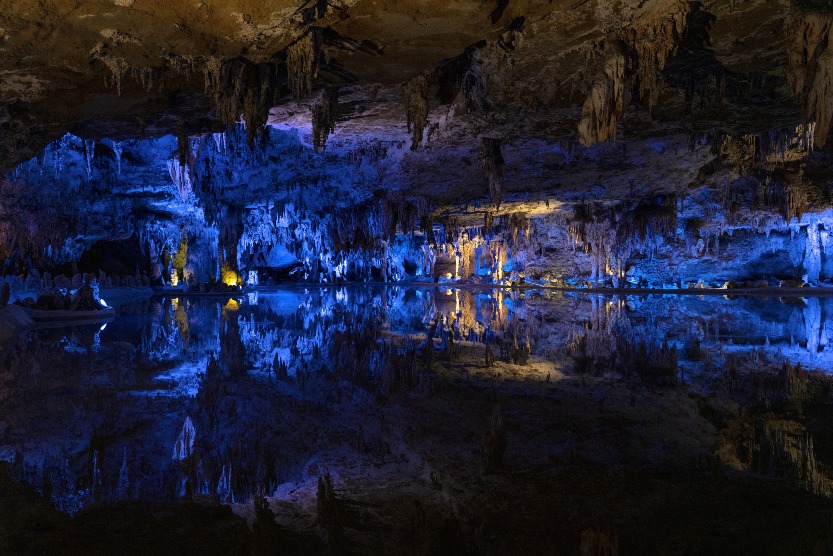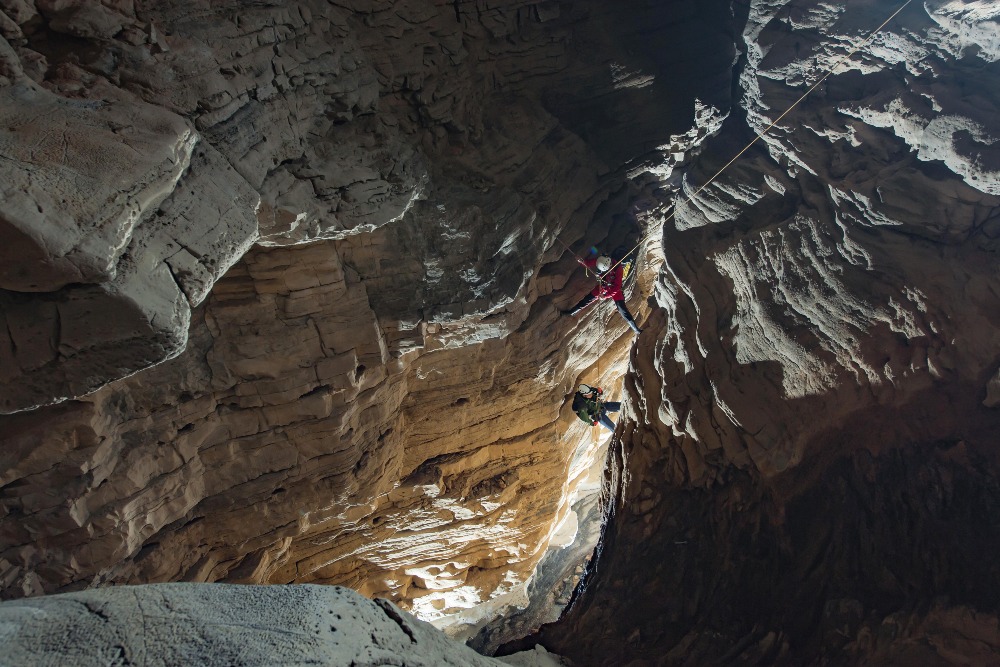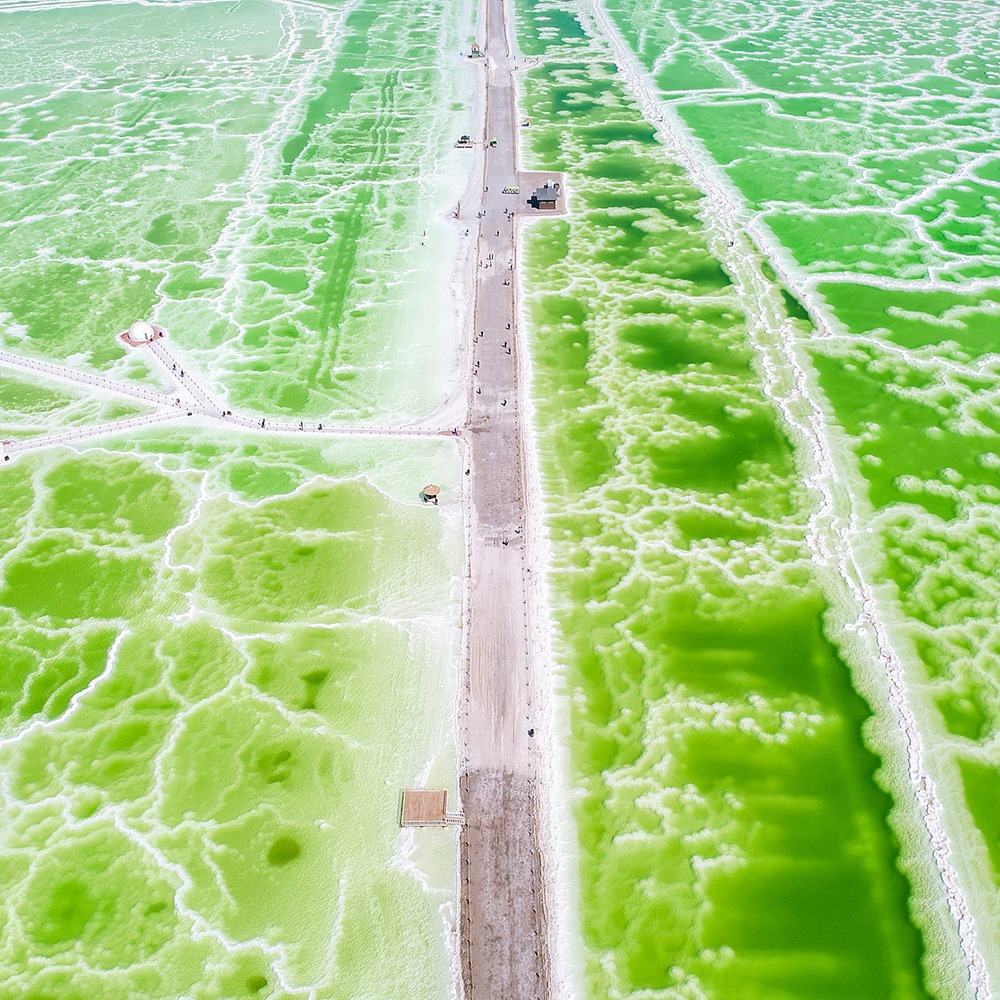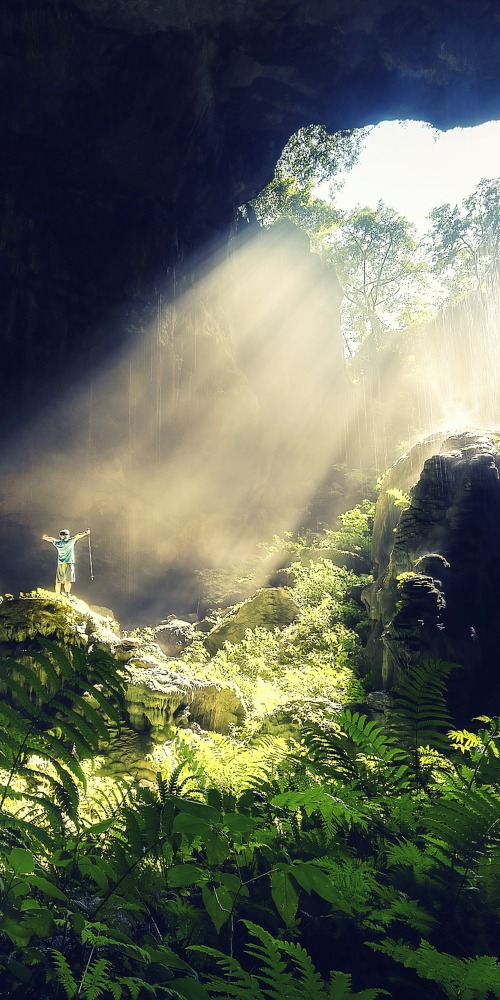Published : 2024-10-28
Where is Asia's longest solutional cave? It's Shuanghe Cave (雙河洞), located in southwestern China's Guizhou Province, the "Kingdom of Caves".
There are rivers and deep pools inside the cave, karst landforms that were formed over millions of years, and fossils of ancient animals such as pandas have been discovered.
Since the 1980s, explorers and scientists from various countries have been exploring the Shuanghe Cave for more than 30 years, and the length of the cave continues to increase.
China's longest solutional cave with 400 mln years of history
What is a solutional cave (溶洞)?
They are caves formed by the erosion and dissolution of limestone layers by rainwater or groundwater. These caves can be very long and are natural caves since they are underground.
The Shuanghe Cave, located in the northern part of the Guizhou Plateau, was born in the dolomite strata of the Cambrian and Ordovician periods more than 400 million years ago, and was formed about 2.6 million years ago in the Quaternary period.
The plate movement over millions of years, the erosion of groundwater, and the deposition of limestone have left an astonishing landscape.

Read more: How are caves formed?
This enormous cave hidden in the dark underground was unknown to the world until the 1980s when a local farmer in Shuanghe Village, Zhao Zhongguo, discovered this "Underground Maze".
Over the past 30 years, scientists and explorers from various countries have explored this cave and updated its length many times.

As of 2024, the total explored length of the Shuanghe Cave exceeds 437 kilometres, making it the longest solutional cave in Asia and China.
Its deepest point, known as the "Gateway to the Earth's Core in China", is 912 metres, approximately equal to the height of nearly three Bank of China Towers in Hong Kong stacked together.
The structure of the Shuanghe Cave is complex, with a total of four levels. To date, there have been found 115 interconnected entrances, 5 underground rivers, several waterfalls and dozens of cave entrances inside the cave.
The cave possesses various karst landforms including dolomite, azurite, curly stone, gypsum crystal flowers, and stalactites.
It is the world's largest dolomite cave and the largest azurite deposit cave.
Generally, dolomite may collapse after exceeding 20 metres in length, but the dolomite in the Shuanghe Cave exceeds 40 metres in length, which is extremely rare.

In addition to natural wonders, there are various creatures living in the Shuanghe Cave, including blind fish and red-spot toothed toads. Explorers have also discovered fossils of ancient vertebrates such as giant pandas within the cave.
As of 2024, more than 40 individual giant panda fossils have been found in the cave. The oldest of these fossils dates back at least 100,000 years, while the "youngest" is only a few hundred years old.
Currently, parts of the Shuanghe Cave have been opened to the public. What surprises will it bring in the future? Everyone is looking forward.


















